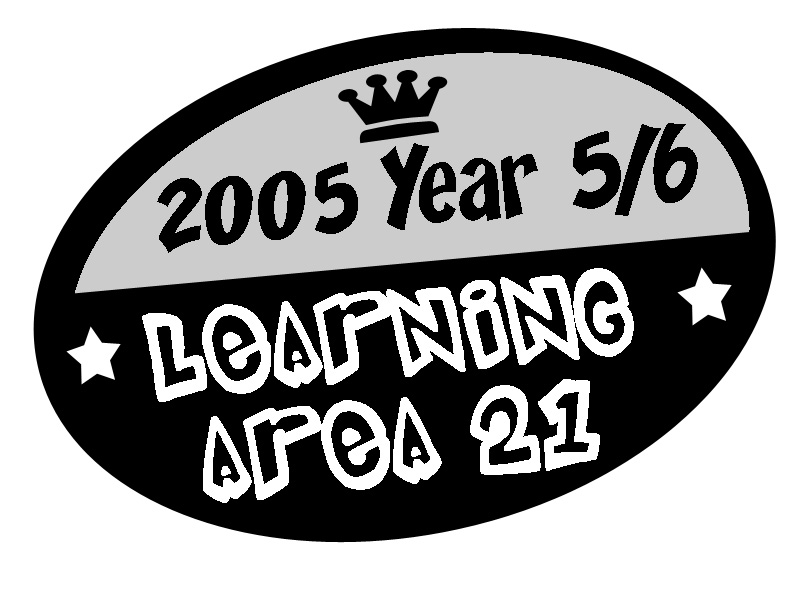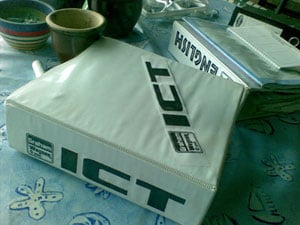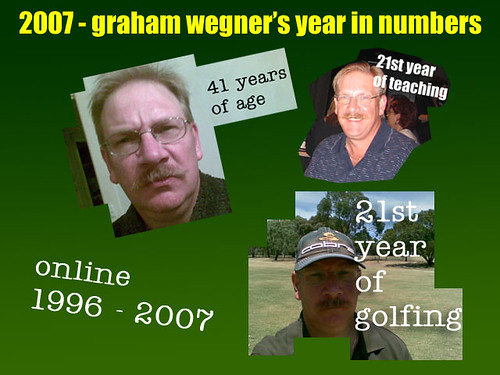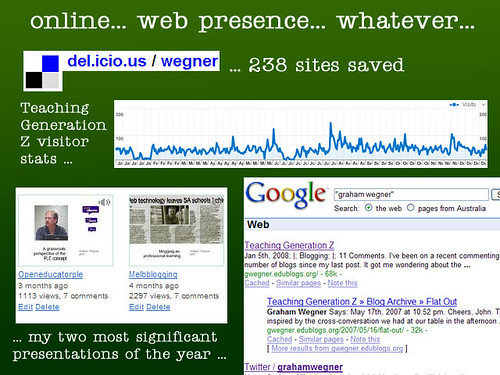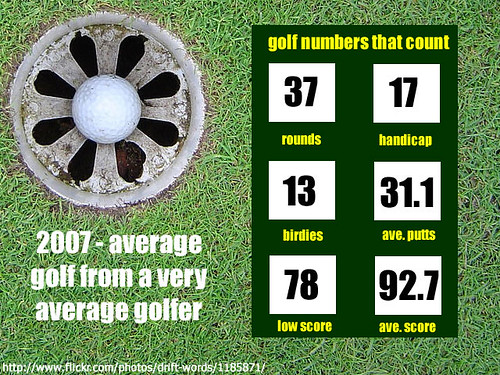Maybe I'm just stupid.
(Highly likely.)
But I just can't see what Judy and Miguel think they see.
Let's see.
Edublogs has a new online magazine and somehow that's not transparent because Lorelle is the new editor and James hasn't been all up front and people with Edublogs blogs now are going to get extra promotion in said magazine and I'm frustrated because I just don't get it. I'd jump to James' defense (because I couldn't be happier with my blogging experience here) but he does a much better job on his own without my feeble assistance.
When people keep writing about transparent edubloggers and edublogging, I can't help picturing images of glasshouses in my mind and you know what's been said about those in the past. My windows aren't made of plexiglass.
Judy says:
My concern is the overt promotion of bloggers who use the edublogs platform - rather than creating a magazine that engages us all in the global conversation. This is an obvious commercial move at the expense of egalitarianism in blogging.
It seems that money seems to be the issue (or am I wrong ... again?) and I'm not sure that words like "egalitarianism" really fit here. Especially as a humble Australian public school teacher, I know that egalitarianism in education is a giant myth and I don't see any evidence that edubloggers are any different. There are cliques and certain bloggers that are worshipped from afar, and some that have leveraged their blogs for better jobs and extra opportunities beyond their original day job. That's fine with me.
Looking through the posts thus far on the Edublogs Magazine site, I found my blog referenced twice. Will this drive more readers to my blog? Who knows? Will I be rewarded financially and finally be able to buy my own laptop (instead of using the school's) ? Not a chance. As much as I enjoy a good conspiracy theory and the edublogosphere tends to over-inflate differences of opinions into "controversies", there's no danger to edublogging and I'd be really disappointed people's reaction is to start making comments like, "I don't think I'll recommend edublogs anymore to teachers starting out."
Who are they going to recommend instead?
Seriously.
Oh, one last shot on transparency. I'm not really a transparent blogger. There are parts of my life and ideas that you, the reader, will never get to know. There are failures I'm not going to commit to print. For me, transparency seems to be about what others think you're not telling them. Then next, you get the conclusion jumping, and the expressed disappointments and then, the ultimatums. (Like I did a few paragraphs back.)
For me, it's a new online magazine. It services the Edublogs community that James has fostered and nourished for quite a while now. Some people within this community will enjoy a bit of time on "the front page" and it would be the height of irony if any educators (and this is not written with any person in mind - just plucking examples from my brain - a dangerous exercise, I know) who have no problems plugging elite educational institutions, locked down expensive proprietary Mac devices and big edtech conferences poke their arms out of their own glasshouses and hurl metaphoric stones at this new venture.

 wondered if I could use this idea for my own benefit and so I designed my own logo. Without really knowing what I was doing, picking fonts that seemed to be compatible and a colour choice closely related to American professional sports logos, I created something that seemed appealing.
wondered if I could use this idea for my own benefit and so I designed my own logo. Without really knowing what I was doing, picking fonts that seemed to be compatible and a colour choice closely related to American professional sports logos, I created something that seemed appealing.


